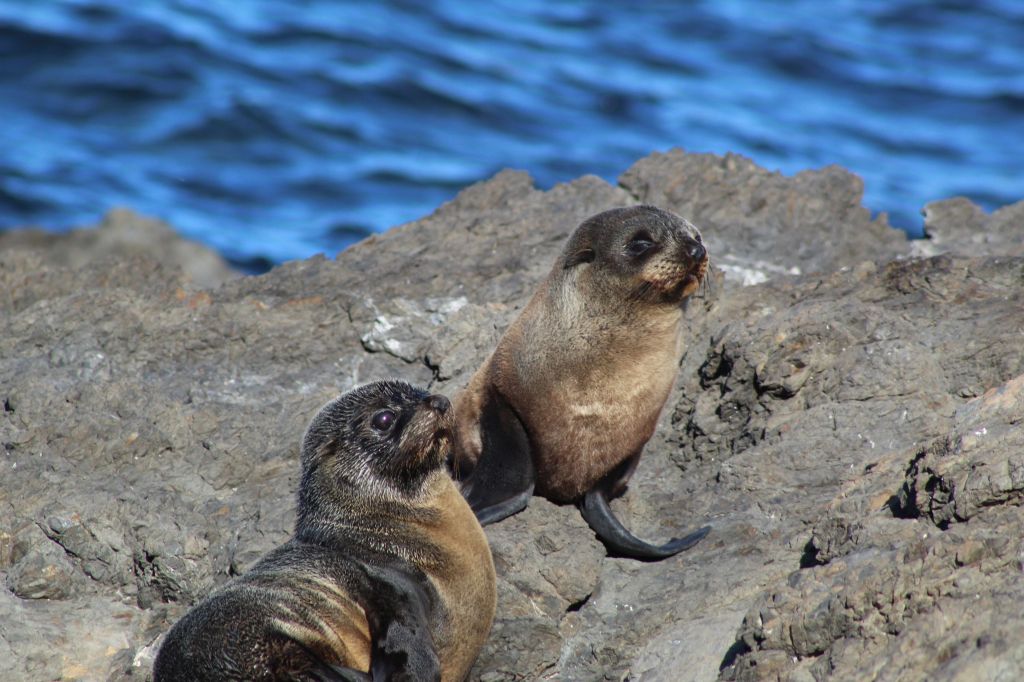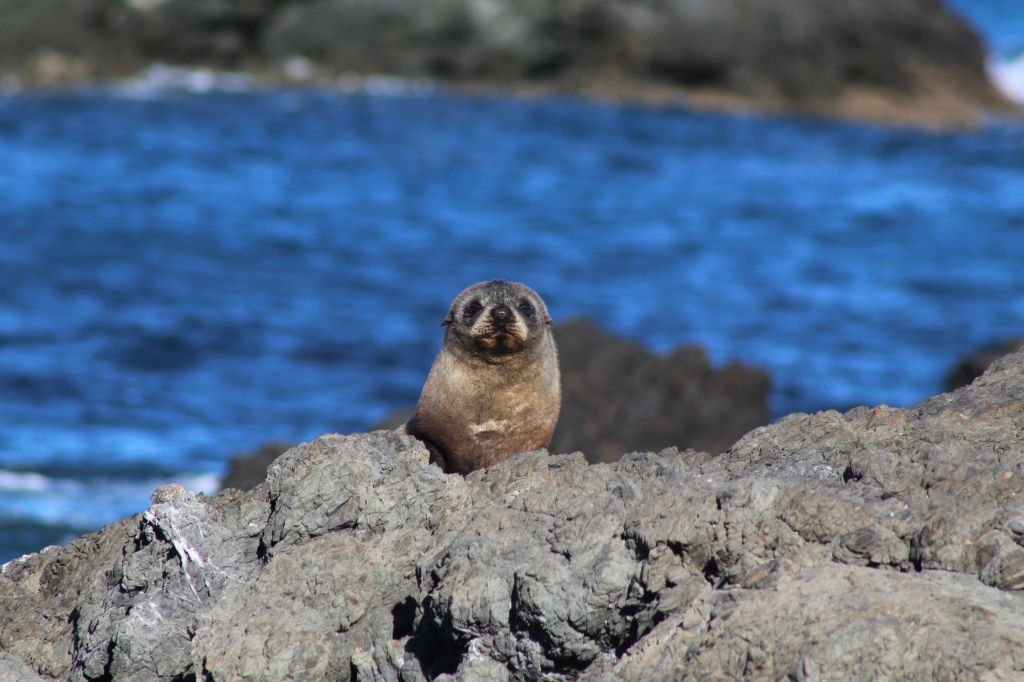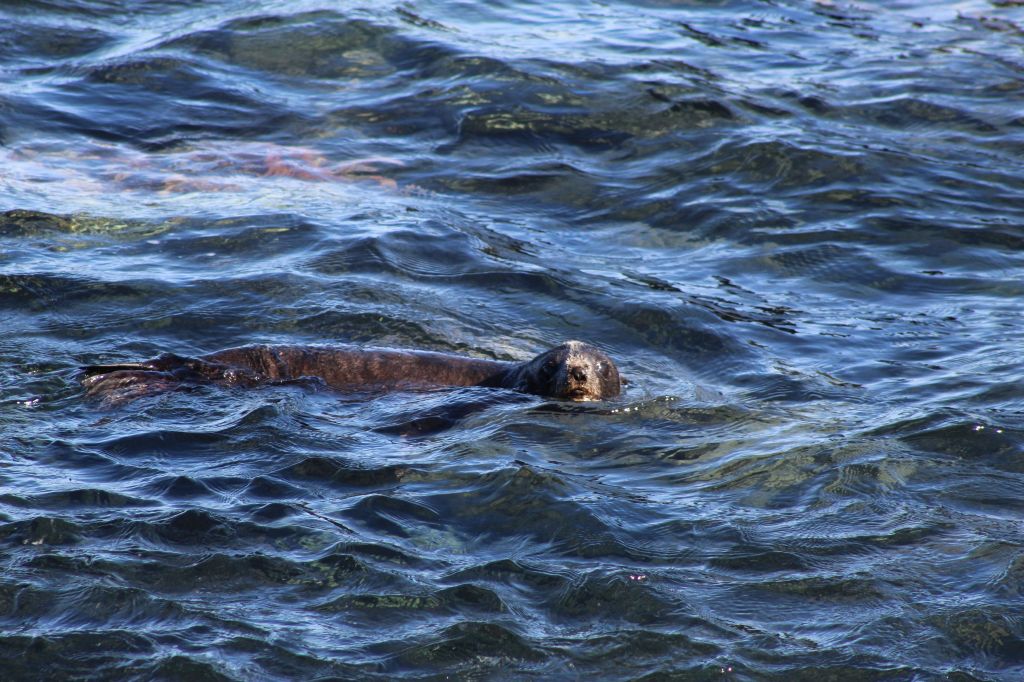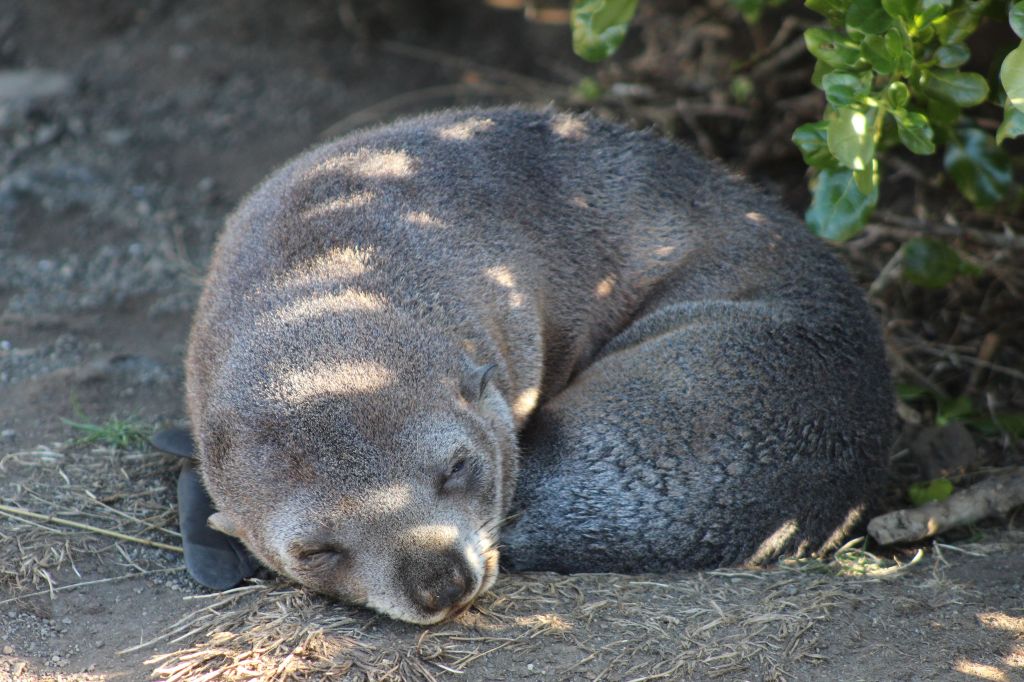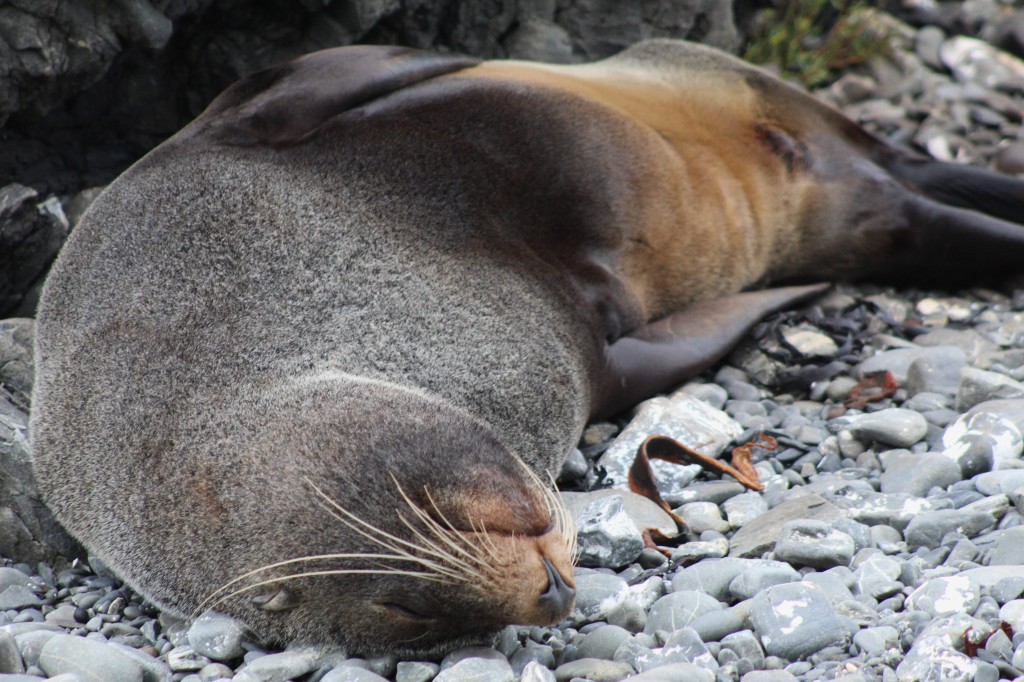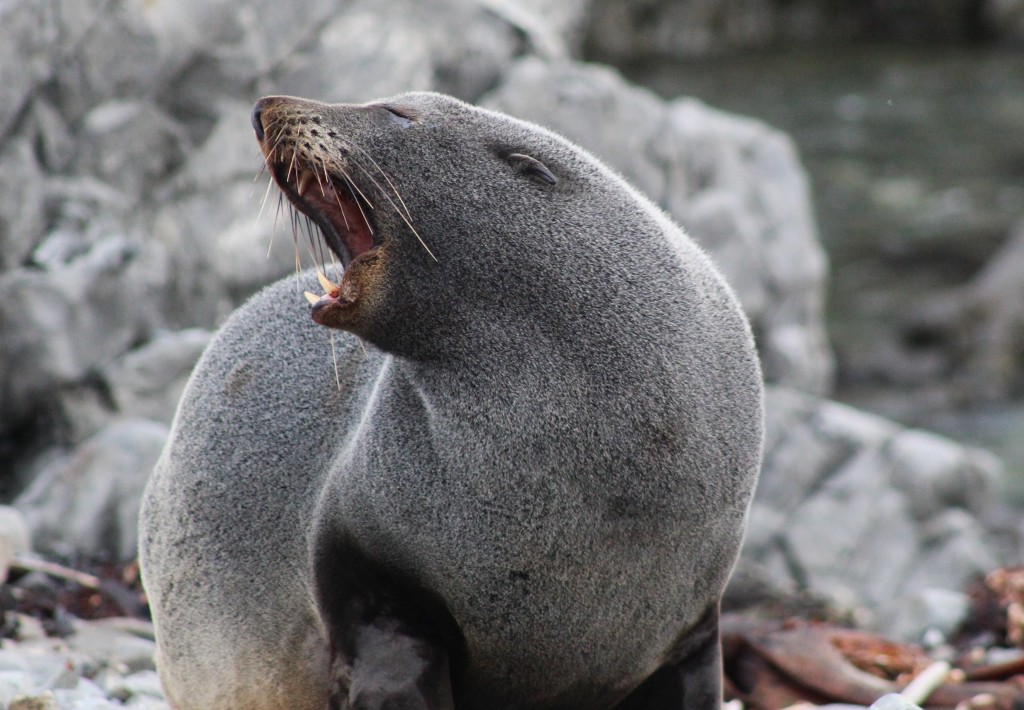While traveling through New Zealand’s North Island, we had the opportunity to see fur seals multiple times.
These marine mammals, while resembling sea lions more so than actual seals, were so fun to watch along our travels. All of the fur seals that we have seen belong to the New Zealand fur seal species, scientifically known as Arctocephalus forsteri. These seals, called kekeno in Māori, look very similar to a sea lion, with small external ears and furry coats. We were lucky enough to see fur seals multiple times throughout our first trip along the north island coastlines.
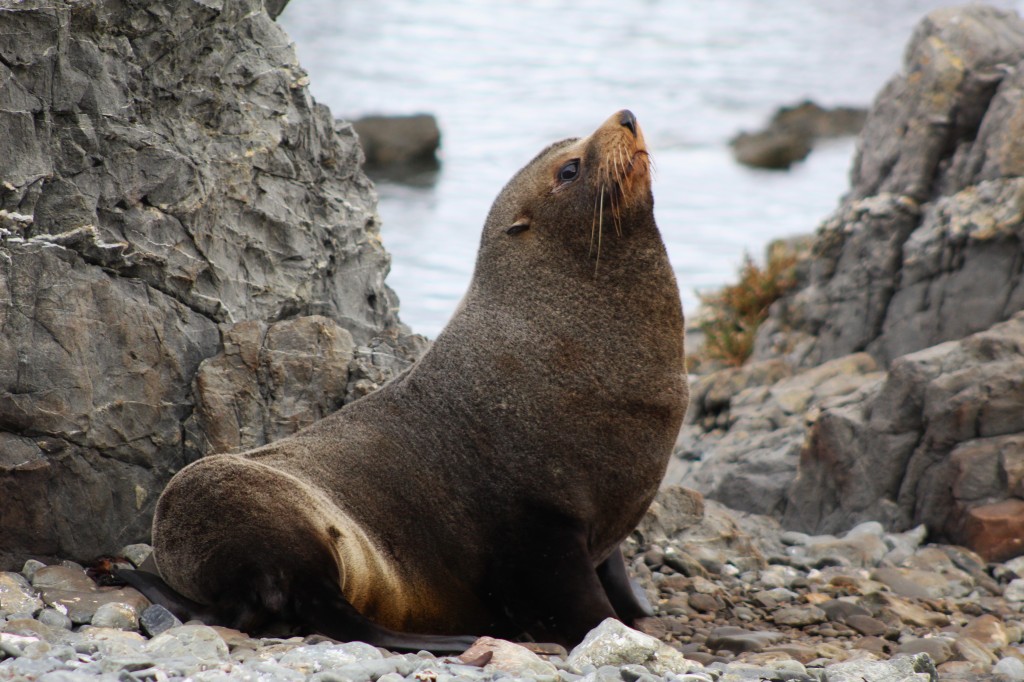
Up in Fletchers Bay on the Coromandel peninsula, we saw our first fur seal. It was all alone and lounging on a rock by the water. Little did we know he would be the first of hundreds that we’ve seen so far. The largest fur seal colony in the north island is on Cape Palliser. It was almost a full day trip for us to get to the cape and back to Wellington, but it was absolutely worth it. There were tons of fur seals, the majority of which seemed to be babies gaining confidence and starting to play a little further away from their mommas. Finally, back in Wellington, we spent the night in a freedom campsite right along the coast. There was a walk along the beach to some red rocks, and traveling a little further, we saw a lot larger fur seals, the males, snoozing. These males spend their winter here, heading back up to the cape for breeding.
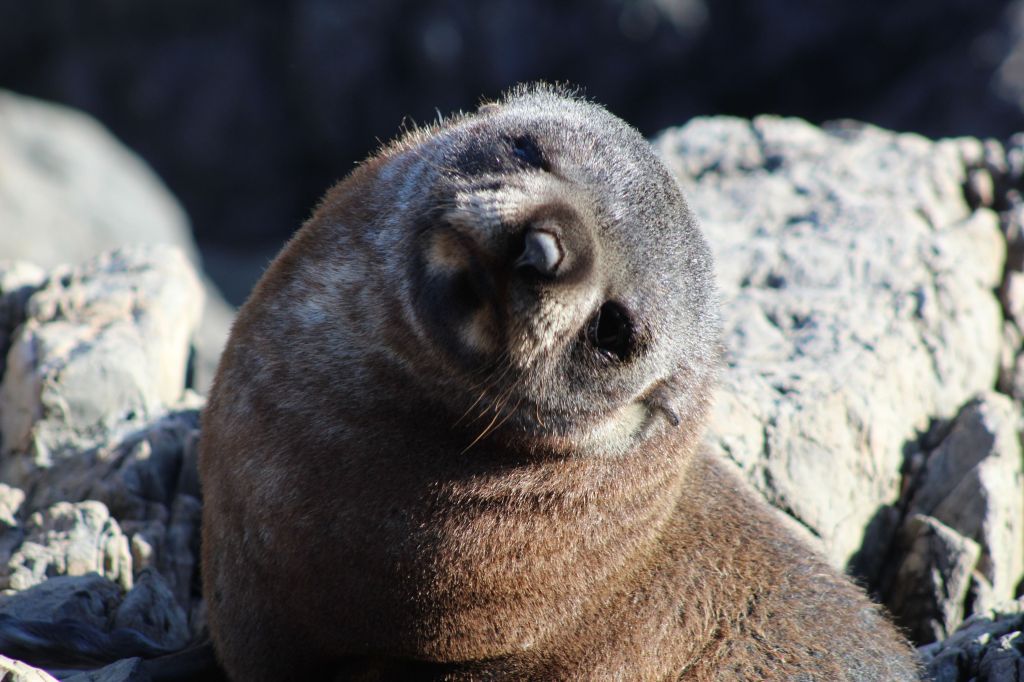
Fur seals are highly adaptable creatures, equally at home both in the water and on land. Along the North Island’s shores, we often found them basking on rocky outcrops, which they blended right into, or lounging pretty much anywhere they deemed comfortable enough. We also got to see some playing in the cove, swimming and jumping around. During the breeding season, which typically occurs from November to January, these coastal havens transform into bustling colonies as male fur seals compete for dominance and females nurture their newborn pups. Since it is currently May, we were lucky enough to see some babies still nursing, but big enough to play and scream at each other.
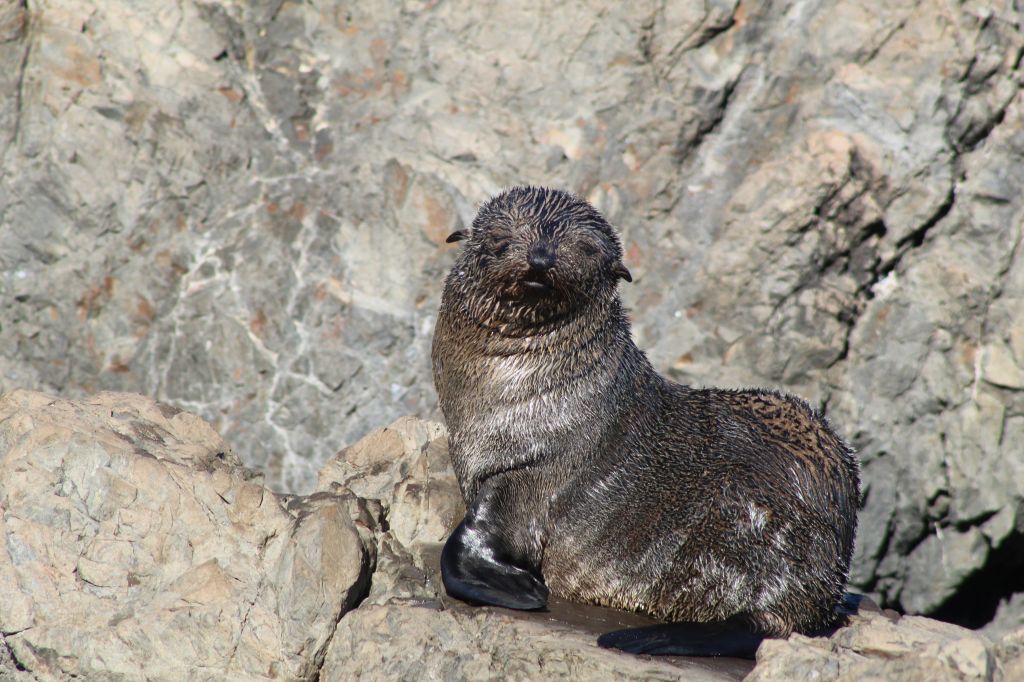
I also wanted to note that while it appears that these fur seals are thriving, there are constant conservation efforts in place to help protect the species. Organizations such as the Department of Conservation (DOC) work to monitor seal populations, mitigate human impacts, and raise awareness about the importance of coexisting harmoniously with wildlife. Almost everywhere we saw these furry marine mammals, there were signs and infographics giving us more information. As we continue to head south, Eric and I are excited to continue to see more and more of them!
